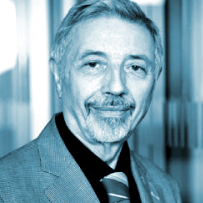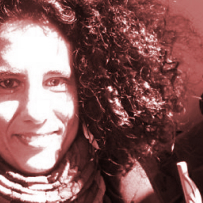Debilitating and, all too often, life-threatening chronic kidney disorders afflict about 4 to 6 million people worldwide. Relieving even a small proportion of this suffering could make an enormous difference to the health and quality of life of many.
Research results show our unique, patented, and curative approach that harnesses the body’s extracellular messaging (ECM) can undo morphologic damage, reverse fibrosis, restore kidney function by triggering renal cell regeneration and, at the molecular level, reduce genes involved in inflammation and fibrosis. For millions of patients, this could support or defer dialysis. If a treatment is received early enough, our products could even prevent the need for dialysis or kidney transplants altogether.
Research on CKD Stage Y patients reveals successful kidney rescue with the strong, anti-fibrotic properties of HLSC-EV holds great promise. We believe HLSC-EVs have the potential to become the core treatment for many/most kidney diseases.

Debilitating and, all too often, life-threatening chronic kidney disorders afflict about 4 to 6 million people worldwide. Relieving even a small proportion of this suffering could make an enormous difference to the health and quality of life of many.
Restoring normal physiology with extracellular messaging (ECM), which targets cancer at different levels simultaneously, can reduce aggressiveness, preserve the liver from further damage and, above all, ensure better survival and quality of life for patients. It could open the door to being able to treat patients with severe HCC and also be used in conjunction with chemotherapy to reduce toxicity of the treatment.

EVs derived from HLSC show anti-tumor, anti-angiogenetic and and-metastatic properties – either alone or in combination with chemotherapeutics used at much lower doses, thus reducing collateral toxicity. In addition, EVs derived from other types of stem/progenitor cells shuttle mRNAs that can induce the reprogramming of target cells and suppress tumor progression.
Newborns suffering from Urea Cycle Disorders (UCDs) become catastrophically ill within 36 to 48 hours of birth. These rare, inherited metabolic liver disorders are characterized by a failure to provide full metabolic capacity to detoxify ammonium and affect hundreds of babies every year.
Scavenger drugs that partially control ammonium levels do exist and, at 4 to 6 months, babies can receive a transplant, if one is available – but both treatments have major limitations. By contrast, the objective of Unicyte’s therapeutic approach is to provide a curative treatment that avoids the need for transplants. Initial findings suggest that safe, stable cures for UCDs are a real possibility and that they could give babies born with the condition a far better start in life.

Prof Marco Spada at the Molinette Hospital in Turin demonstrated in a study with three newborns that all patients were clinically stable post treatment and had no safety issues at all (no intra-hepatic or extra-hepatic events, no episodes of biochemically & clinically significant hyperammonemia, no donor-specific antibodies against HLSCs, and no engraftment specific histopathological findings).